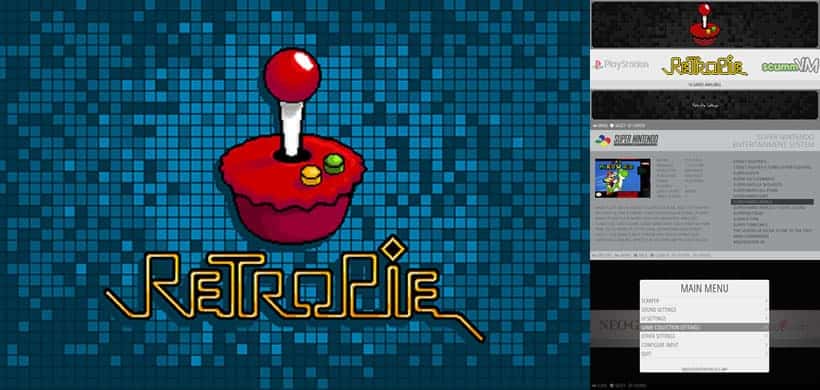
- USE RASPBERRY PI EMULATOR MAC HOW TO
- USE RASPBERRY PI EMULATOR MAC INSTALL
- USE RASPBERRY PI EMULATOR MAC BLUETOOTH
- USE RASPBERRY PI EMULATOR MAC DOWNLOAD
USE RASPBERRY PI EMULATOR MAC DOWNLOAD
You will want to get it connected to the internet via WiFi or Ethernet so you can download Retropie and some other extensions. Follow the setup instructions once Rasbian is booted. Once flashed, insert the SD card into your Raspberry Pi 4 and power it up. It should auto-select the micro SD card, at least it did for me. In this case, it would be the Rasbian download, then select the target.
USE RASPBERRY PI EMULATOR MAC INSTALL
Install the program, start it up, and make sure your microSD card is loaded. For flashing, ETA Prime recommends the Balena Etcher, which works on Windows, macOS or Linux.īalena Etcher is really easy to use. You’ll need to download both Rasbian and a program to flash it onto the SD card. So, with that in mind, the first step is to flash Rasbian onto a micro SD card which we’ll then use to boot up the Raspberry Pi.


USE RASPBERRY PI EMULATOR MAC HOW TO
But there is a great tutorial from ETA Prime on YouTube for how to get it to work by using Rasbian, which installs a really easy to navigate GUI. Unfortunately, there isn’t an official RetroPie build yet for Raspberry Pi 4. And within RetroPie, you’re pretty well set up to run any retro game from any system. Install Rasbian on an SD cardįrom my short research, RetroPie is the most popular method of emulating retro games onto a Raspberry Pi. Here’s another idea for a cheap wired gamepad if you don’t have an Xbox One controller or Dualshock 4 controller. At this point, for simplicity, I’m connecting an Xbox One controller with a USB cable. Playstation Dualshock 4 controllers are also a common pick for a gamepad.
USE RASPBERRY PI EMULATOR MAC BLUETOOTH
Here’s a $20 Amazon Choice Bluetooth keyboard, and a $20 Amazon Choice Bluetooth mouse. The Pi 4 also supports Bluetooth, which could make gaming much easier from the couch, but for this tutorial, we’ll be working with wired peripherals. Since Pi 4 has four USB ports, it’s easy to connect all of these with wires depending on what you have on hand.

You’ll need a mouse, keyboard and a gamepad. In addition to a case, you’ll also need some peripherals to get set up. Building a Raspberry Pi 4 retro gaming machine: Video I did add some more ventilation prior to printing to keep the Pi cool, or you can try one of the posted remixes if you’re concerned about airflow. I printed this cool slider case from Thingiverse by dtnavida on the MonoPrice Maker Ultimate. The official case is only $5, but If you have a 3D printer, you can take a stab at printing one as well. I bought an official power supply from the supplier that I purchased the Pi from, bringing my total to about $53 with tax and shipping for the Pi and power supply. The Pi doesn’t come with any power source, so you’ll want to pick one up. I’m using an $8 32GB card from Sandisk – which should be plenty. Thankfully these keep getting cheaper and you can usually find some good deals here on 9to5Toys. To future proof your build, I’d recommend the largest capacity you can muster. The Raspberry Pi Model B 2GB is now $35, or $41 on Amazon, so I picked that up for my first gaming station. I figured that getting the latest Raspberry Pi would be the best way to get into doing some of these projects. Head below for a step-by-step video tutorial on how to get this up and running Raspberry Pi 4: A lot of the nostalgia I have for retro games revolves around computers rather than consoles, so I’m going to take a look at getting some free ports and also some legally licensed point and click adventures in the form of the Space Quest series.

I decided to try my first Raspberry Pi project and create a retro gaming emulator with the Raspberry Pi 4. Well it’s Pi Day, and this year we have some special circumstances thanks to COVID-19, so you might be looking for some projects to do inside instead of going out.


 0 kommentar(er)
0 kommentar(er)
